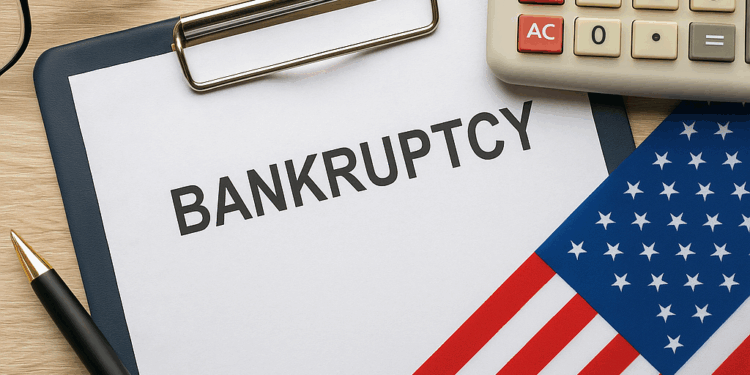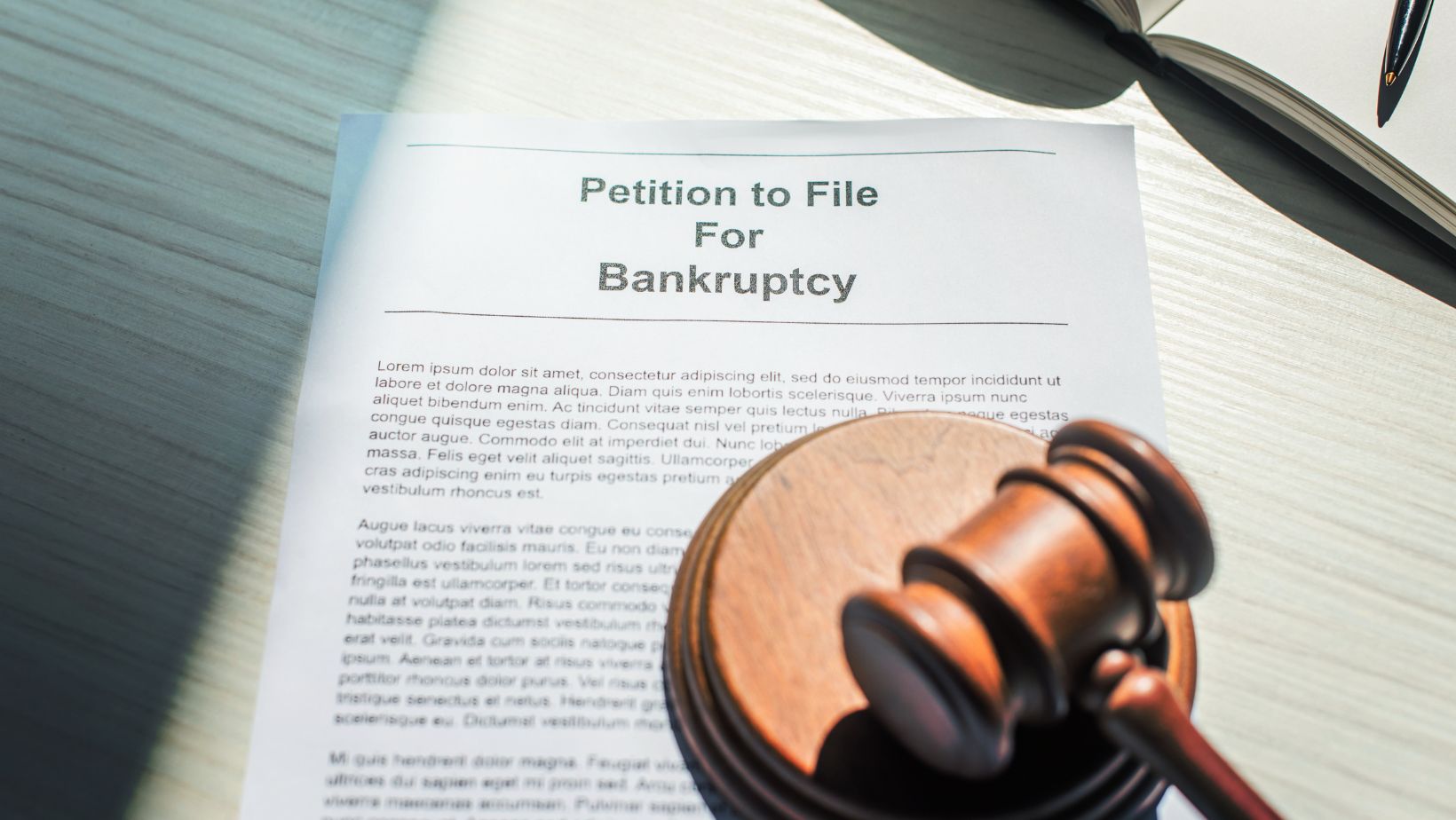Bankruptcy is one of the most important financial protections available to individuals and businesses in the United States. It allows people facing overwhelming debt to seek relief and start fresh under the supervision of federal courts. However, the process is not simple, and rules vary depending on your circumstances.
If you’re beginning your research, U.S. Bankruptcy Help offers free resources to help you understand how bankruptcy works and connects you with qualified attorneys who can evaluate your situation.
As we move into 2025, there are key updates, exemptions, and procedures worth knowing. This guide explores the essentials of United States bankruptcy, breaking down types of filings, eligibility requirements, exemptions, and the role of attorneys so you can make informed choices.
How Bankruptcy Works in the United States
Bankruptcy is governed by federal law under the U.S. Bankruptcy Code, but each state has its own exemption rules. This means the general process is consistent nationwide, but the property you can keep—such as your home, car, or personal belongings—depends on state law.
All cases are handled in federal bankruptcy courts, which are divided into districts across the country. While the rules are consistent federally, each state may have slightly different procedures, making local guidance crucial. Our Bankruptcy by State section provides detailed information on the rules, exemptions, and procedures specific to each U.S. state.
The Main Types of Bankruptcy
Chapter 7 Bankruptcy
This option allows individuals to discharge many unsecured debts, including credit cards, medical bills, and personal loans. It is often chosen by those with limited income or assets. Exemptions, which vary by state, protect essentials such as a primary residence, vehicle, and retirement savings.
Chapter 13 Bankruptcy
Chapter 13 provides a repayment plan lasting three to five years, allowing you to keep your assets while making affordable payments to creditors. Many people choose Chapter 13 when they are behind on mortgage or car payments but want to avoid foreclosure or repossession.
Chapter 11 Bankruptcy
Often used by businesses, Chapter 11 allows reorganization while continuing operations. Some individuals with high incomes or debts that exceed Chapter 13 limits may also use Chapter 11.
Key Things to Know in 2025
- Updated exemption amounts – Federal exemptions adjust for inflation every three years, with the next increase scheduled for April 2025. Many states also update their exemption values.
- Digital assets disclosure – Courts increasingly require disclosure of cryptocurrency, online accounts, and payment apps, treating them as assets that may be evaluated by the trustee.
- Student loans – While full discharge remains rare, courts continue to examine hardship claims individually.
- Income limits – The Chapter 7 means test is updated regularly and may affect whether you qualify in 2025.
Eligibility: The Means Test
One of the biggest factors in whether you qualify for Chapter 7 is the means test. This compares your household income to your state’s median income for a family of your size.
- Below the median – You typically qualify.
- Above the median – You may still qualify after accounting for allowable expenses. Otherwise, Chapter 13 may be required.
Since thresholds change regularly, checking the latest figures for your state is essential.
Federal Exemptions (2022–2025 Cycle)
As of 2025, the federal exemption system (11 U.S.C. § 522(d)) allows you to protect:
- Homestead exemption – $27,900 equity in a primary residence
- Motor vehicle exemption – $4,450
- Household goods – $700 per item, up to $14,875 total
- Jewelry – $1,875
- Tools of the trade – $2,800
- Wildcard exemption – $1,475 plus up to $13,950 of unused homestead
- Retirement accounts – Fully protected, with up to $1,512,350 for IRAs/Roth IRAs
- Personal injury claims – $27,900
(Note: Figures adjust every three years. The next increase will take effect April 1, 2025.)
Each state decides whether residents may use federal exemptions, state exemptions, or both.
The Bankruptcy Process: Step by Step
- Credit counseling – Required course within 180 days before filing.
- File the petition – Submit bankruptcy paperwork and pay the filing fee ($338 for Chapter 7 as of 2025).
- Automatic stay begins – All creditor collection actions must stop immediately.
- Trustee appointment – A trustee reviews your case and financial disclosures.
- 341 meeting of creditors – You answer questions under oath.
- Debtor education course – Required before discharge.
- Discharge – Eligible debts are eliminated.
For Chapter 13, the repayment plan must be approved by the court and followed before debts are discharged.
How Bankruptcy Affects Your Credit and Future
- Credit impact – Chapter 7 remains on your credit report for 10 years, while Chapter 13 remains for 7 years.
- Rebuilding begins quickly – Many debtors start rebuilding within months by using secured credit cards, small loans, and consistent bill payments.
- Immediate relief – Bankruptcy stops collections, garnishments, repossessions, and lawsuits, giving you the chance to reset financially.
Alternatives to Bankruptcy
Not everyone needs to file. Alternatives include:
- Debt settlement – Negotiating lower balances with creditors.
- Debt consolidation – Combining debts into one manageable loan.
- Credit counseling – Working with nonprofit agencies to create repayment plans.
Still, for many individuals, bankruptcy remains the most effective way to achieve lasting financial relief.
Mistakes to Avoid When Filing
- Transferring assets before filing (may be considered fraudulent)
- Not disclosing all debts or assets (full transparency is required)
- Running up credit cards prior to filing (these debts may not be discharged)
- Missing deadlines or required courses (can delay or dismiss your case)
How U.S. Bankruptcy Help Supports You
Bankruptcy is a big decision, and having reliable information is essential. At U.S. Bankruptcy Help, we:
- Offer free, detailed educational resources about bankruptcy
- Help you understand whether Chapter 7, Chapter 13, or another option may work for your situation
- Connect you directly with local bankruptcy attorneys once you’re ready to move forward
We are not a law firm. Instead, we guide you through your options and encourage you to complete our form so we can connect you with a qualified attorney near you.
Final Thoughts
Understanding United States bankruptcy in 2025 means knowing the types of filings, eligibility requirements, and exemptions that protect your property. While the process may seem overwhelming, the right resources make it manageable.
Start by exploring the free tools and educational materials at U.S. Bankruptcy Help. The sooner you learn your options, the sooner you can take steps toward financial recovery.














